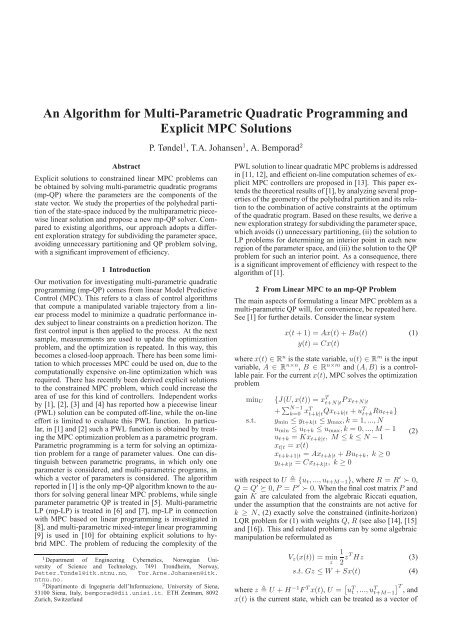
If, for instance, 1/5 or 20 per cent of income is withdrawn through saving, then the rise in income will come to a halt when income has risen by Rs. As soon as the additional saving (∆S) is equated to additional investment (∆I), national income equilibrium is restored and we get the following condition:Īt this point, desired saving will have risen by as much as the original rise in investment, and assuming that we started from a position of equilibrium, we will return to equilibrium, but at a higher level of income.

This income change will be equal to changes the C and S. The process of income generation will continue until the additional saving (generated through income increases) is again equated to the additional investment.īut the additional investment will lead to an increase in income (∆Y). But as income rises, a portion of income will be spent on consumption goods and the balance saved. This will lead to an immediate increase in income by the same amount. The initial rise in expenditure is an example of a rise in injections. The net result is a rise in employment in all of the affected industries.Īs and when the owners of factors that are newly employed spend a portion of their incomes (depending on their propensity to consume), employment and output will rise further more income will be generated and more expenditure induced. So output has to expand to meet this extra consumption demand. This increase in consumption spending is induced or secondary, not primary. But the owners of the factors, which find new employment as a result of this new investment, will spend a portion of their new income on consumption goods like food, clothing, shelter, cars, etc. 1000 crores implies an equivalent increase of employment and income of-factors of production employed in those industries. So the initial and direct effect of an increase m autonomous investment of Rs.

This extra money will be received by industries that supply necessary materials for the new factories and those that actually undertake the construction work. 1000 crores per year will induce secondary increases in consumption spending. 1000 crores on new factories.įirstly, we can say that the increase in investment expenditure of Rs.

1000 crores in planned investment on new factory construction implies an extra annual expenditure of Rs. Since we are dealing with flows of expenditure, a rise of Rs. The above argument may be verified in either of two ways.

However, at the end, the total rise in expenditure, and hence in national income, will be more than the rise in autonomous expenditure by the amount of the rise in induced consumption spending. It we ultimately come to a halt when the last increase in consumption spending is not sufficient to generate a fresh income. But the process of income generation cannot continue indefinitely. 1000 crores (due to a rise in autonomous spending) would be followed by further rise as second (induced) consumption expenditure will increase as a result of the increase in national income. This immediate and direct rise in income of Rs. 1000 crores is made national income would immediately rise by the same amount. 1000 crores per annum, national income would rise by more than Rs. Keynes first discovered that when there is an increase in business firm’s planned investment expenditure on new factors by, say, Rs.


 0 kommentar(er)
0 kommentar(er)
